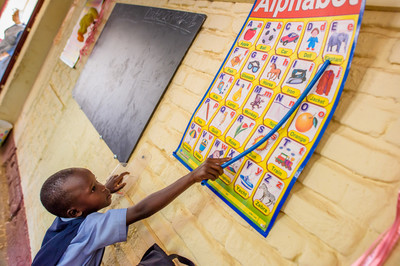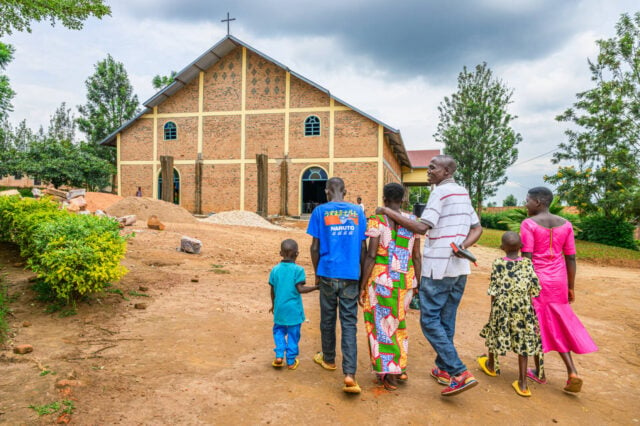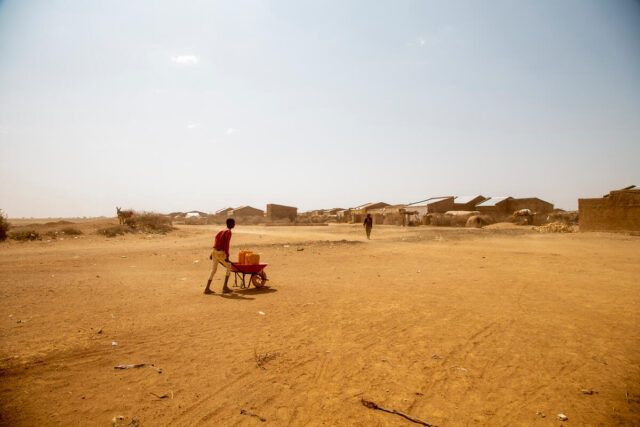The New York Times columnist Nicholas Kristof called it “the most important thing happening in the world today.” Yet it is something few people talk about. Something almost no one knows about.
What is it? According to Kristof: “a stunning decline in poverty, illiteracy, and disease.”
Whatever stories you read about in the news, watch on your video screens, or stumble across online, they often focus on disaster or tragedy. It isn’t front-page news that millions of people fly commercial airlines safely every day. So we may overlook one of the most astounding achievements of our time.
Consider that since 1990:
- 2 billion people have gained access to clean water.
- 156 million people are no longer hungry.
- Malaria infection rates are down by a third in Africa.
- Tuberculosis deaths have fallen by 45%.
These are incredible gains. The proportion of people living in extreme poverty is now half of what it was 25 years ago. And the United Nation’s new Global Goals for Sustainable Development have set a target of eliminating extreme poverty by 2030.
Despite the progress, that’s an incredibly ambitious goal. Nearly 800 million people are chronically hungry, and 663 million people lack clean water.
If we are going to continue the progress made throughout the last 25 years, we have to work much harder to reach every last person in poverty. While child mortality rates fell in some countries, in others they barely budged. While some communities have solved their hunger problems, in others hunger never abated. Attacking the root causes of poverty is simply easier in some places than in others.
Go back and report … the blind receive sight, the lame walk, those who have leprosy are cleansed, the deaf hear, the dead are raised, and the good news is proclaimed to the poor.—Matthew 11:4-5
Putting it differently, the low-hanging fruit has been picked. To end extreme poverty, we have the hardest work ahead of us. In about 50 countries — characterized by conflict, natural disasters, poor governance, and other chronic issues — almost no progress has been made in defeating poverty. These marginal places will soon represent more than 50% of the world’s poor, even though they have only 20% of the world’s population.
Poverty in these fragile countries is deeper and more entrenched than elsewhere. They are the home countries of many of the world’s 60 million refugees. These countries are also home to:
- 77% of the world’s school-age children who are not in school
- 70% of the world’s infants who die of preventable causes
- 65% of the world’s people without access to safe water
- 60% of the world’s undernourished people.
I believe Jesus calls us to the places where pain and suffering is deepest. I like to think of the church as the body’s white blood cells. White blood cells travel throughout the body looking for wounds and infections. Then they attack, rushing to the hurting places to heal and mend what has gone wrong.
That’s World Vision’s mission. We go to the hurting places, the ragged edges of our world, because that’s where Jesus calls us. I believe this is the essence and example of Jesus’ life. When asked if he was really the Messiah, Jesus responded: “Go back and report … the blind receive sight, the lame walk, those who have leprosy are cleansed, the deaf hear, the dead are raised, and the good news is proclaimed to the poor” Matthew 11:4-5 (NIV).
As we work to eliminate extreme global poverty, with the hardest tasks ahead of us, we know this has always been Jesus’ work. It is our privilege to join him.
World Vision U.S. President Rich Stearns is the author of The Hole In Our Gospel and Unfinished. Follow him at twitter.com/richstearns.


